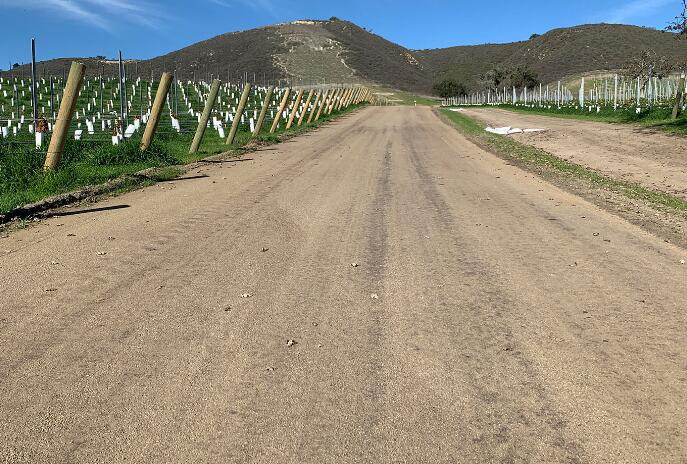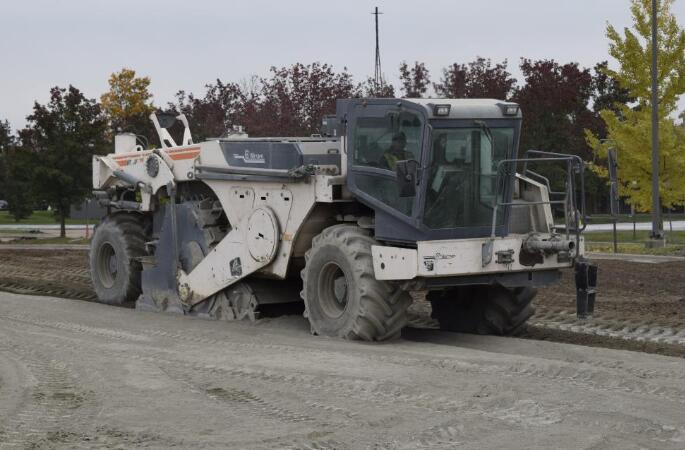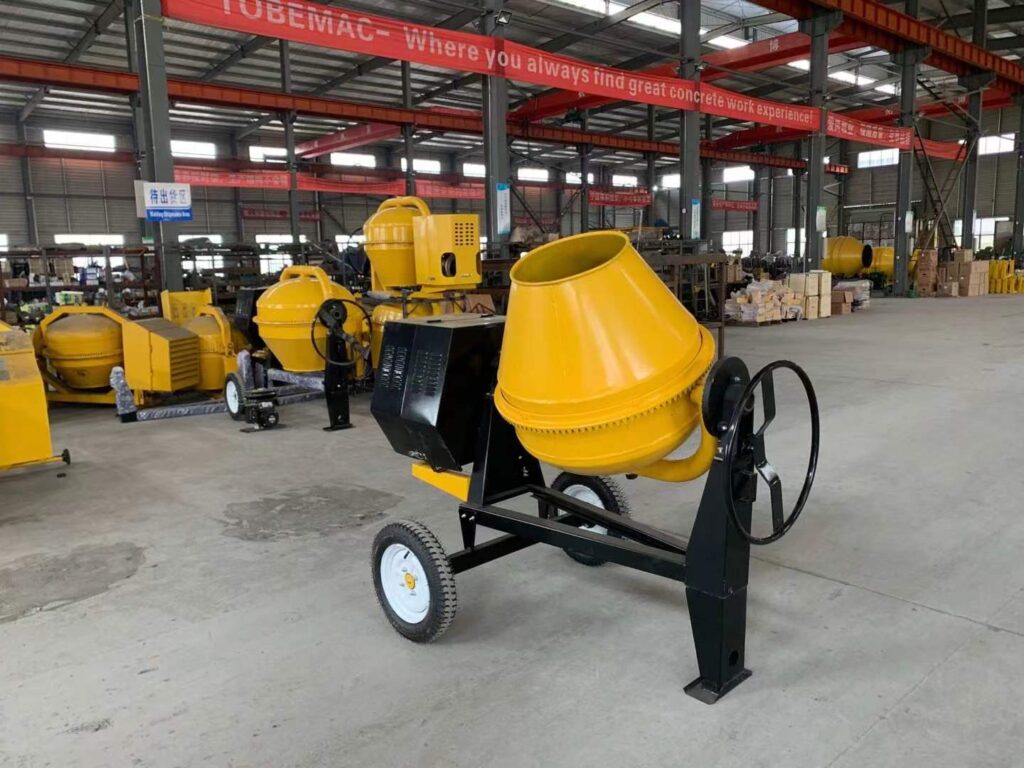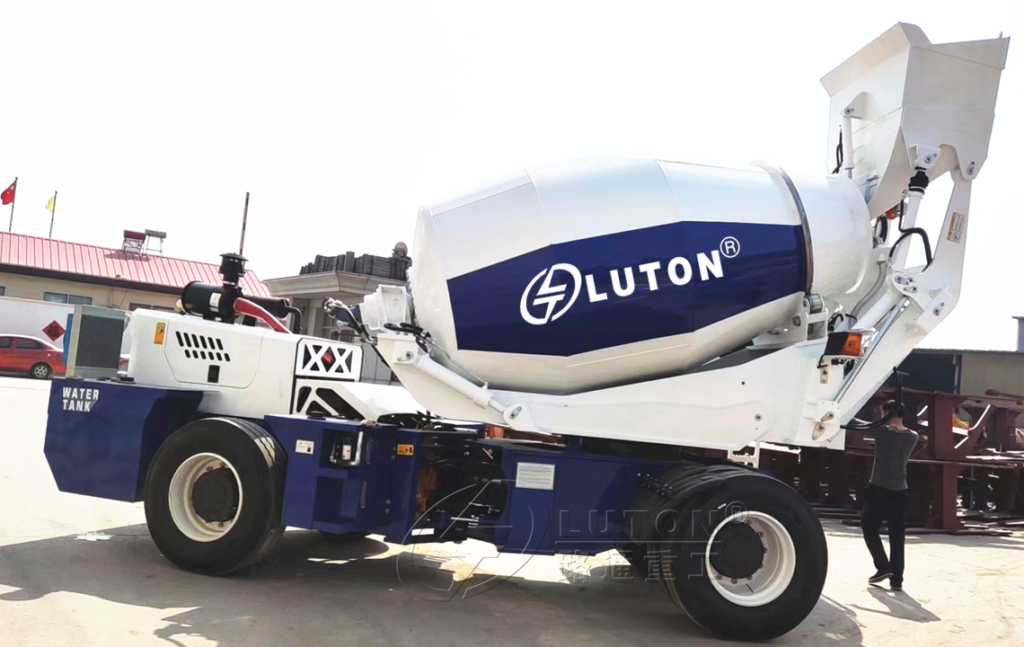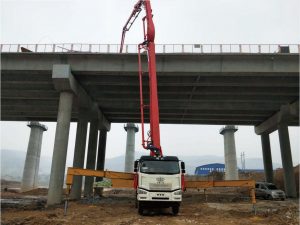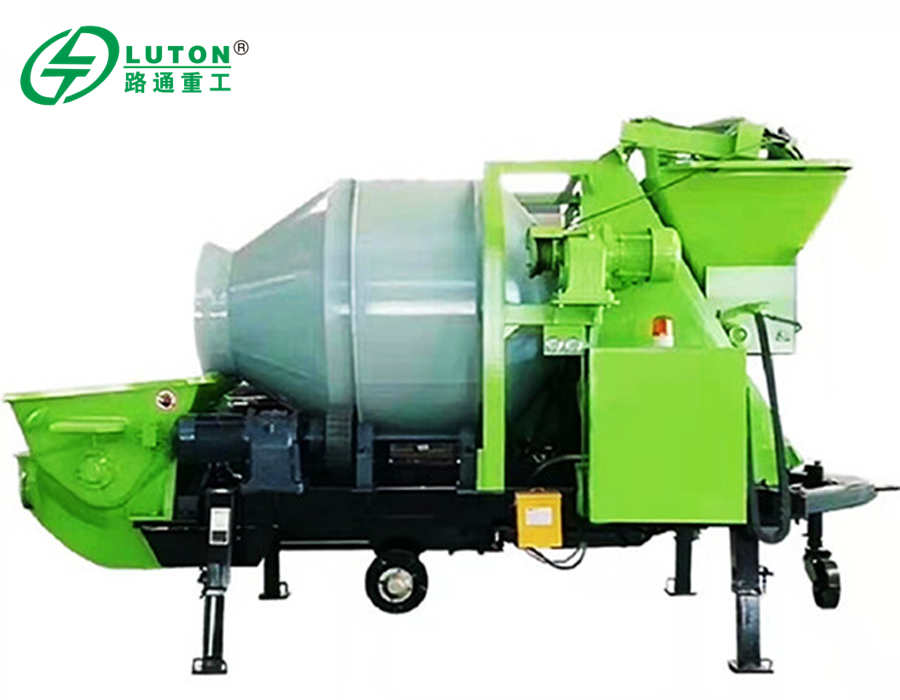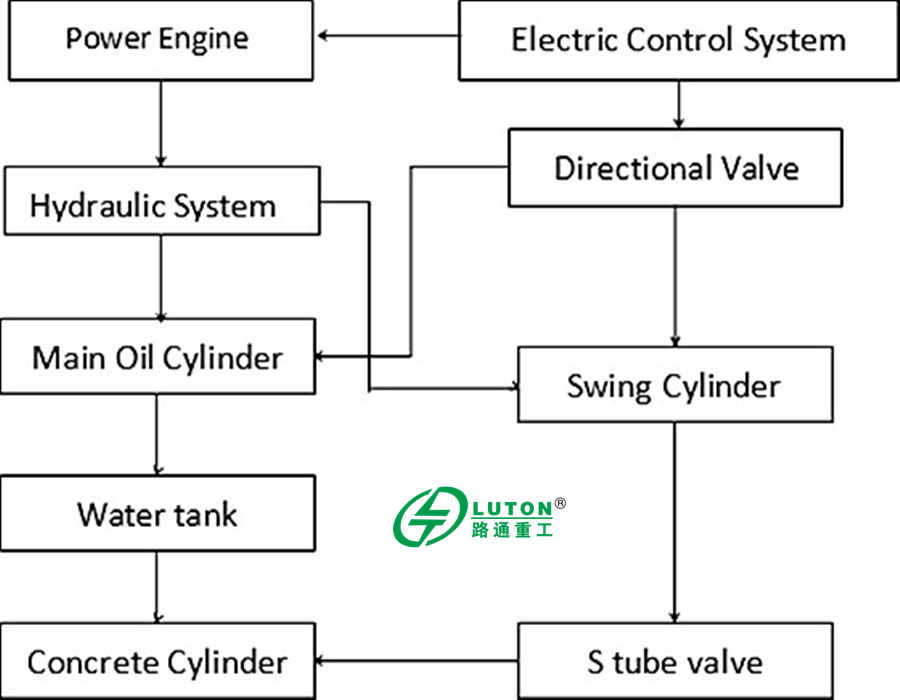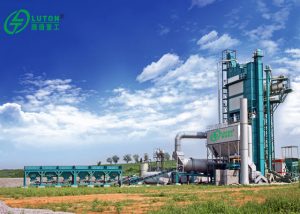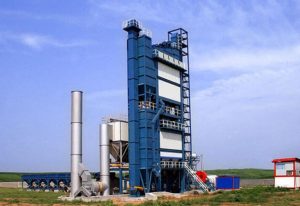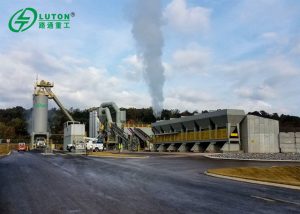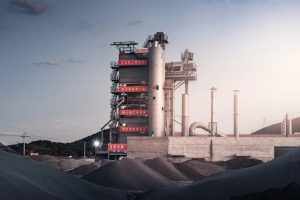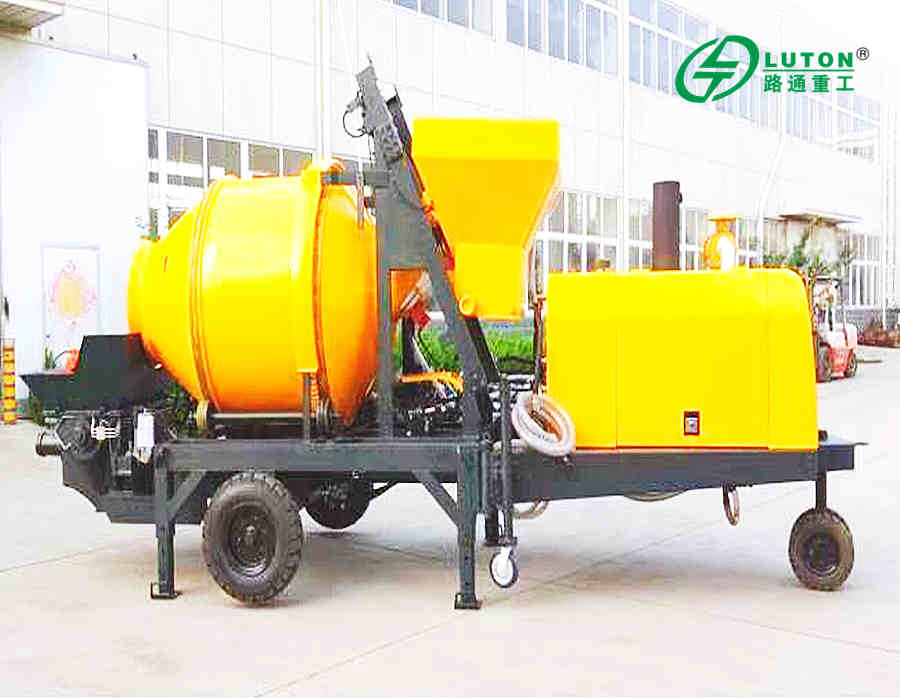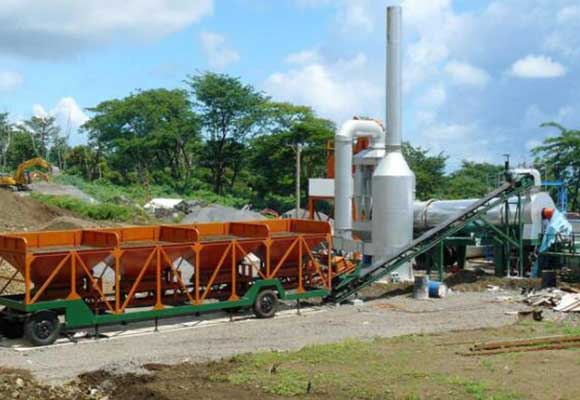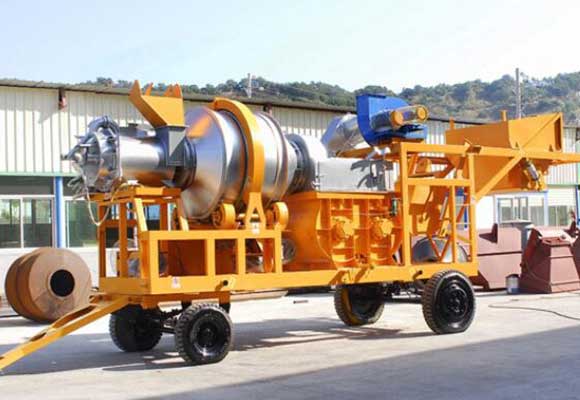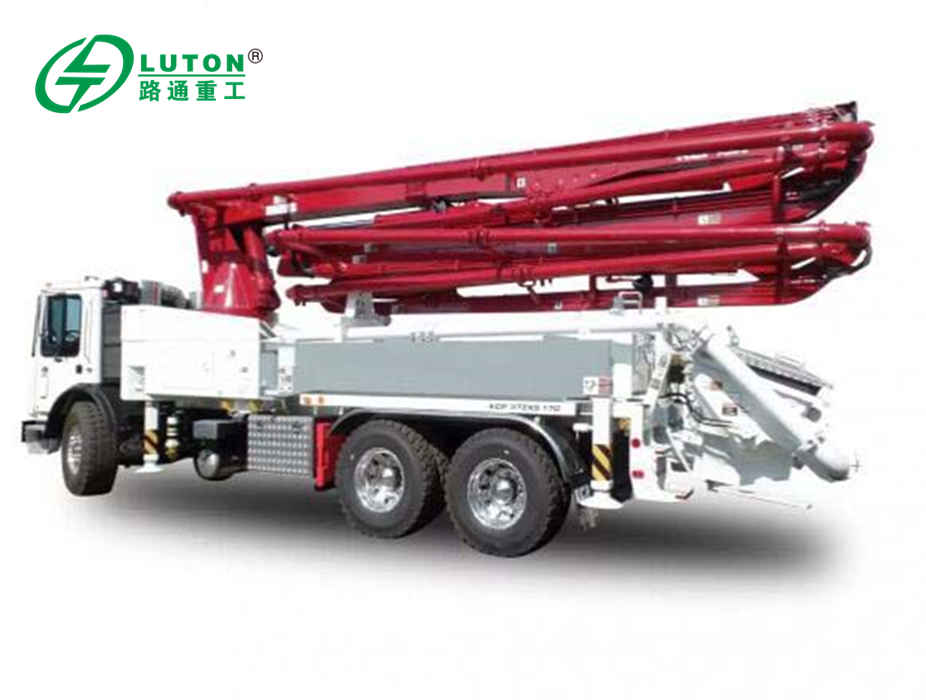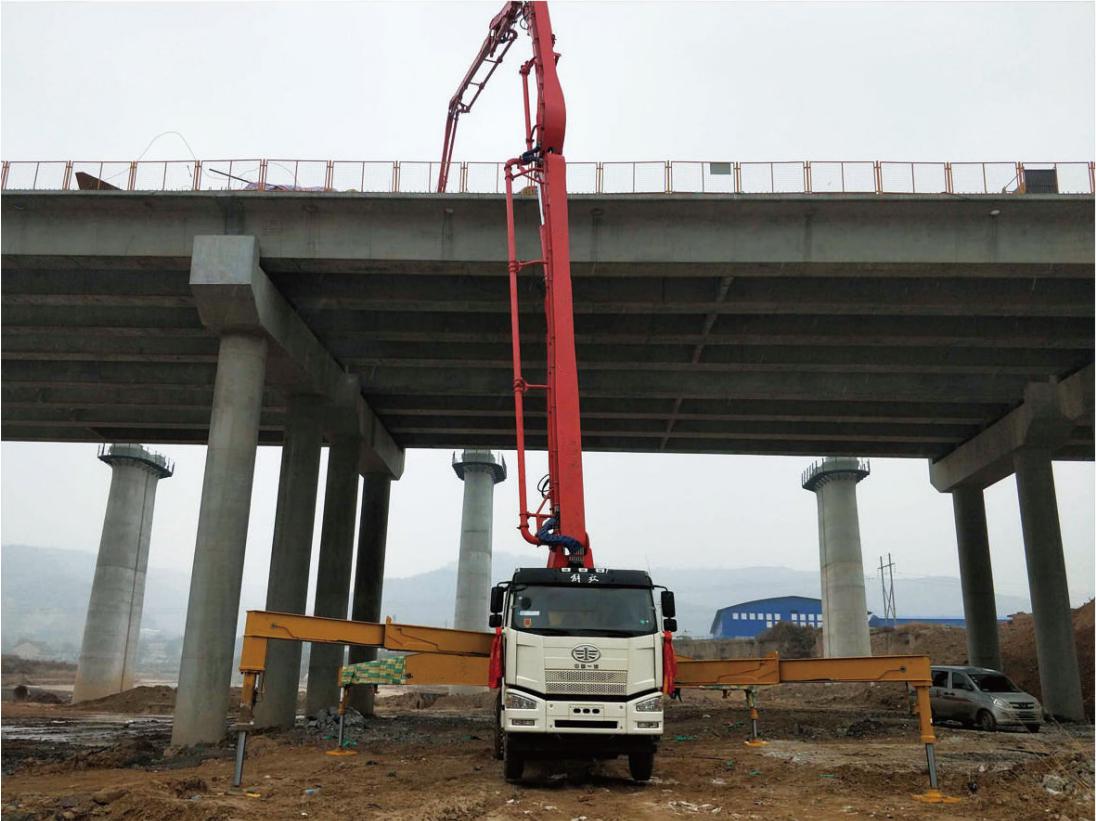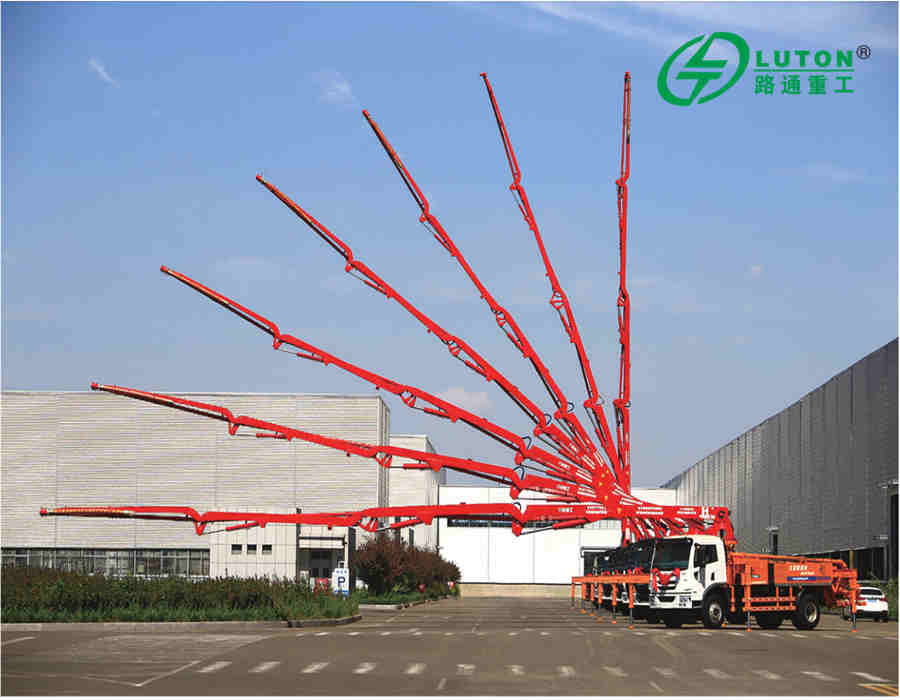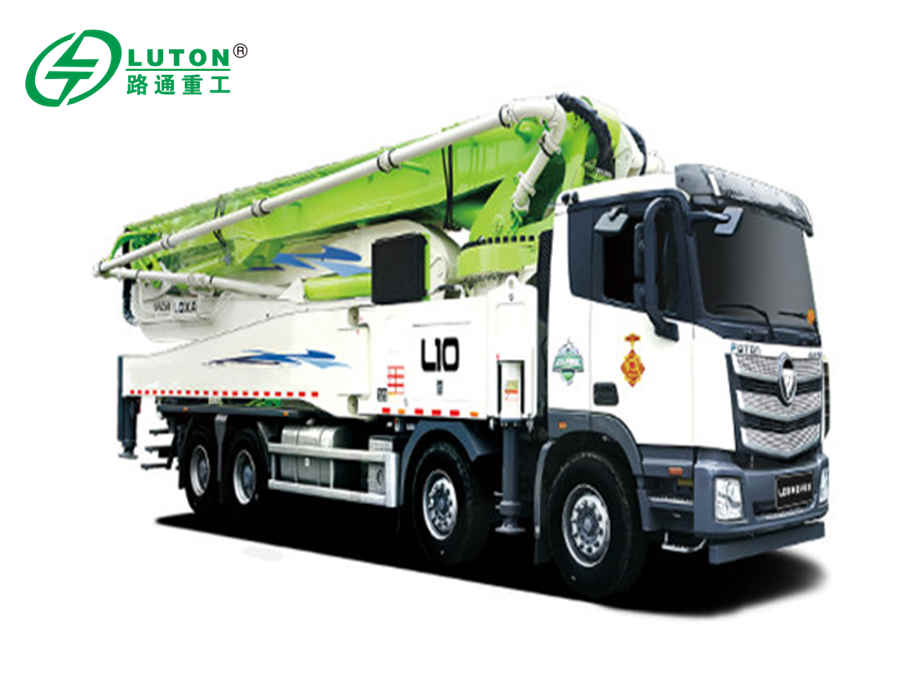Concrete mixing plant is one of the common equipment on construction sites, used for producing concrete and widely used in various construction projects. The operational efficiency and production quality of the mixing plant are directly related to the smooth progress of the project. Therefore, regular maintenance and upkeep of the mixing plant is crucial.
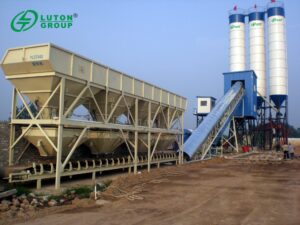
Types Of Mixing Plant
1. Fixed mixing plant: A conventional concrete mixing plant installed on a fixed site.
2. Mobile mixing plant: A concrete mixing plant that can be moved at any time, suitable for construction sites that require frequent transfer.
3. Specialized mixing plant: A special type of mixing plant designed and manufactured according to specific needs.
The main purpose of a mixing plant is to mix cement, aggregates, sand, and water in a certain proportion and mix them into concrete to meet the needs of construction projects.
The necessity of maintaining the mixing plant
A mixing plant is a complex mechanical system consisting of multiple components and equipment. Prolonged operation and use can lead to wear, fatigue, and failure of each component. The purpose of regularly maintaining the mixing plant is to ensure its operational efficiency, extend its service life, reduce failure rates, and ensure the smooth progress of the project.
Content of mixing plant maintenance
1. Cleaning and lubrication: Regularly clean all components and equipment of the mixing plant, remove accumulated dirt and debris, and lubricate to reduce wear and friction.
2. Inspection and replacement of parts: Regularly inspect various components of the mixing plant, such as the mixer, conveyor belt, control system, etc. If problems are found, replace damaged parts in a timely manner to prevent further damage.
3. Calibration and adjustment: Regularly calibrate the instruments and sensors of the mixing plant to ensure accuracy and stability, and adjust the equipment to maintain good working condition.
4. Anti corrosion and rust prevention: Apply anti-corrosion and rust prevention treatment to the metal components of the mixing plant to extend their service life.
5. Training and management: Regularly provide training for the operators of the mixing plant to ensure that they have correct operational knowledge and skills, establish a sound management system, and implement regular inspection and maintenance plans.
Common problems and solutions in maintenance of mixing plants
1. Equipment malfunction: such as clogged mixer, broken conveyor belt, etc. The solution includes timely cleaning of blockages, replacing damaged components, etc.
2. Electrical faults: such as short circuits in wires, motor malfunctions, etc. The solution includes carefully inspecting the electrical system, repairing or replacing faulty components, etc.
3. Leakage issues: such as cement leakage, hydraulic system leakage, etc. The solution includes repairing leaks, replacing seals, etc.
4. Equipment wear: such as wear on mixer blades and conveyor belts. The solution includes regular inspection of worn parts, timely replacement or repair, to ensure the normal operation of the equipment.
5. Control system malfunction: such as automatic control system malfunction, abnormal sensors, etc. The solution includes checking and calibrating sensors, repairing or updating control systems.
6. Mixing quality issues: such as uneven concrete, incorrect mix proportions, etc. The solution includes adjusting the mixing time and speed, strictly controlling the proportion of raw materials, and ensuring the quality of concrete.
7. Safety hazards: such as mechanical equipment not meeting safety standards, and operators lacking safety awareness. The solution includes regular safety checks, updating safety equipment, strengthening operation training and safety awareness education.
The maintenance of the mixing plant is a systematic project that requires professional maintenance personnel to conduct regular inspections and upkeep. Only by maintaining the good condition of the mixing plant can we ensure the smooth progress of production quality and engineering progress. Regular maintenance and timely problem-solving can reduce equipment failure rates, reduce downtime, improve work efficiency, save costs, and extend the service life of equipment.
In summary, maintenance of concrete mixing plants is a key step in ensuring the smooth progress of construction projects. Regular maintenance can ensure the operational efficiency and production quality of equipment, and reduce malfunctions and downtime. The maintenance of the mixing plant includes cleaning and lubrication, inspection and replacement of parts, calibration and adjustment, corrosion prevention and rust prevention, training and management, etc. At the same time, common problems need to be addressed, such as equipment failures, electrical failures, leakage issues, equipment wear and tear, control system failures, mixing quality issues, and safety hazards. By maintaining and solving problems, the normal operation of the mixing plant can be ensured, providing high-quality concrete materials for construction projects.
